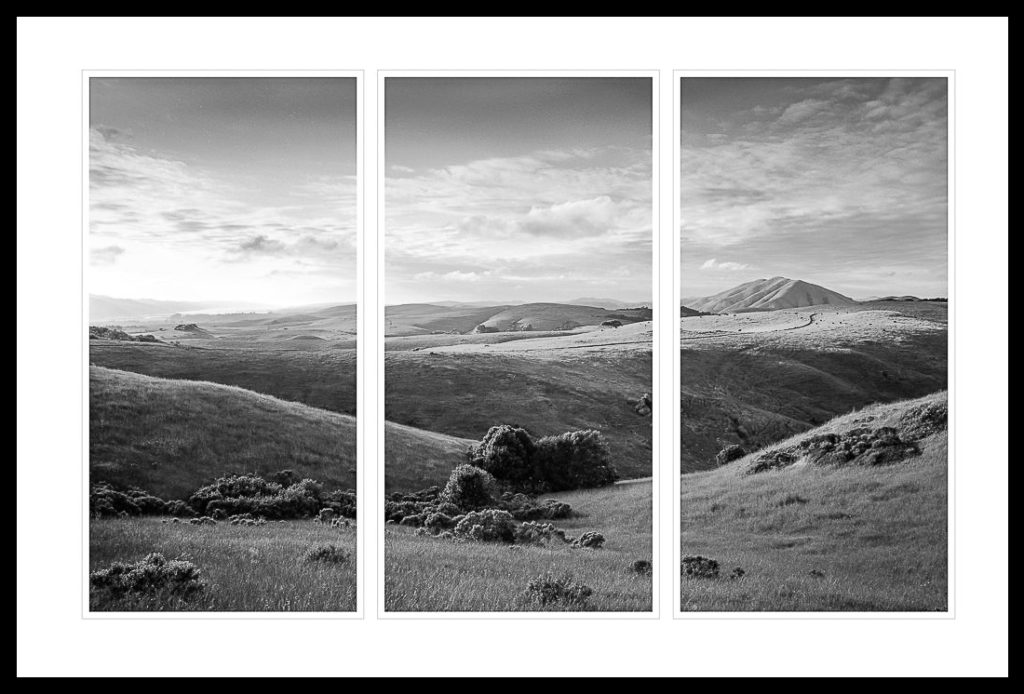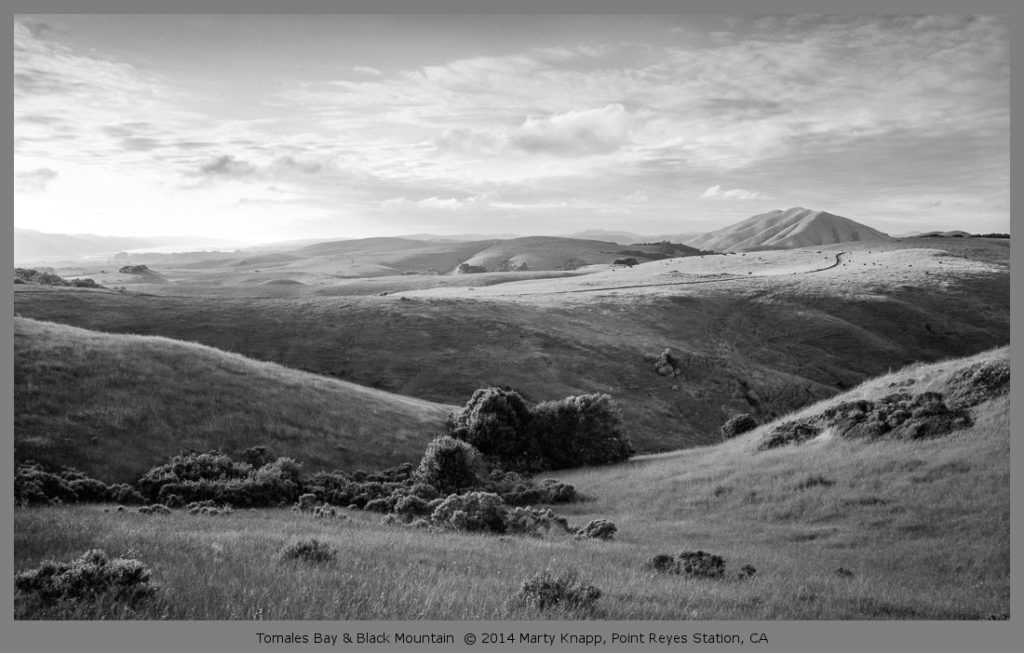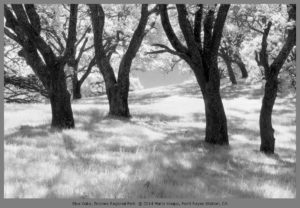In early September, Jean and I visited Guilford, Connecticut for our 50th high school reunion. It was a brief, whirlwind trip, nostalgic as we visited old haunts and renewed friendships with our classmates of so long ago. We attended reunion mixers, dinners and get-togethers, sandwiching these reunion activities with long overdue visits to each of our sisters, who live nearby. We wished that we had had more time on this trip but, sadly, there weren’t enough hours to do everything or see everyone we had hoped to. The next time we go back east we’ll try to allow more time to visit with those we love.
A highlight of our visit was a walk we had in the nearby Westwoods just before we returned to California. The Westwoods are a natural area preserved by the Guilford Land Conservation Trust. Our walk took place the day after summer squalls had cleansed the previously hot and humid air, creating an invigorating autumnal atmosphere. The Westwoods trail winds through a hardwood forest, past ancient granite escarpments. Even though I had grown up just a mile from this trail, I had never adequately explored its charms.
The autumnal scents of drying leaves and mossy rocks transported me back to happy childhood memories of walking in the woods just yards from my childhood home. I deliberately scuffed the forest floor with my feet to release the rich fragrance of decaying leaf and branch. As we walked, I was flooded with memories of my youth— transported to endless days of happiness I had spent scurrying about the nearby woods just beyond the back yard of my childhood home.
We walked through the hardwood forest as we headed toward a body of water called Lost Lake. Lost Lake is an inland estuary fed by creeks to the north and seasoned by the salty tidal action from nearby marshes that border Long Island Sound.
After ambling along the marked trail, we veered off, taking an unmarked trail to the west. In in a couple of minutes we crested the gentle hill that separated us from the broad wetlands. We stopped in our tracks, stunned by the sudden beauty of this peaceful lake. I made this photograph of Jean as she stood in reverie on the granite shelf bordering Lost Lake. Having lived my entire childhood only a couple of miles from this place, I wondered how I had previously failed to discover this peaceful and sublime place.
On our way back to the car, I stopped to make this photograph of ferns lit by the late afternoon sun.






